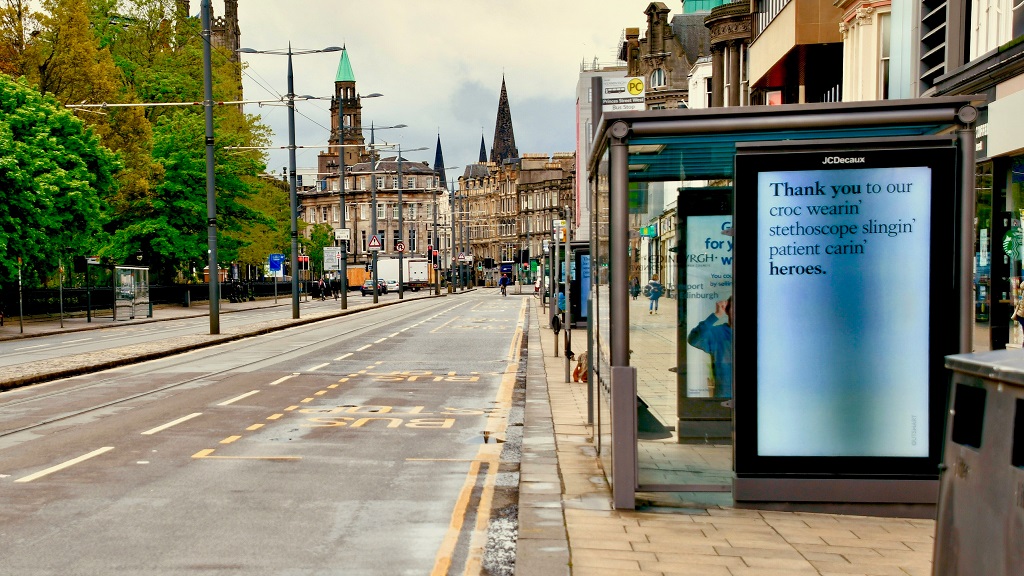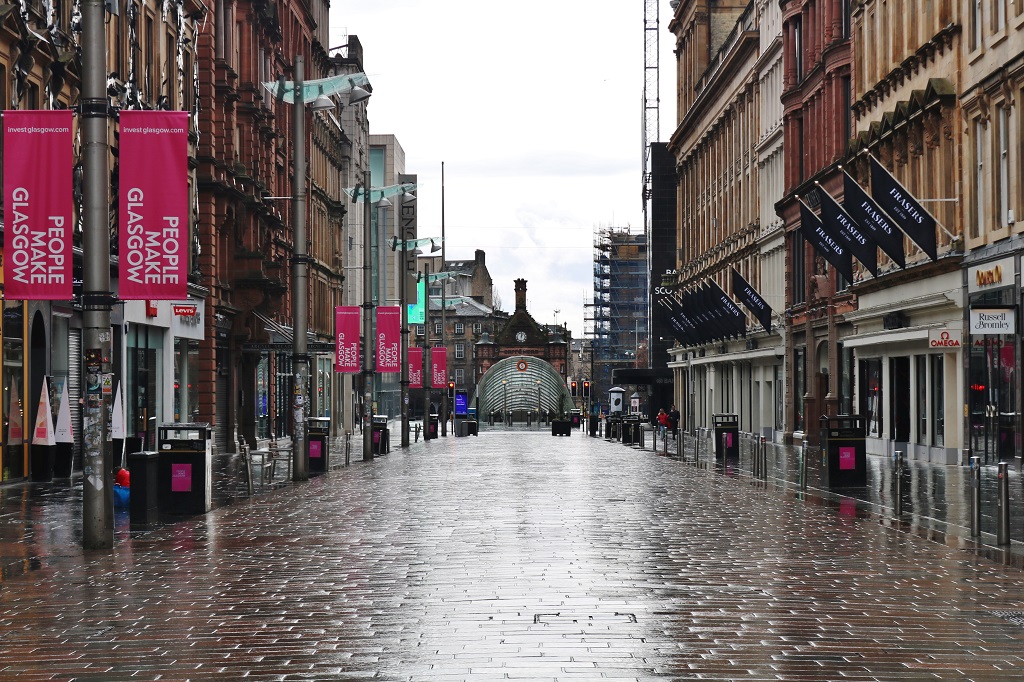
Visitor sites say there’s no sign of a staycation boom
The latest survey of Scotland’s visitor attractions has revealed the sector has been devastated by the Covid-19 pandemic – and is continuing to suffer.
And it says there has been no evidence of a ‘staycation boom’.
Conducted on behalf of ASVA: Association of Scottish Visitor Attractions by Glasgow Caledonian University’s Moffat Centre for Travel and Tourism Development, the survey on business performance and prospects highlights that survival rather than recovery is the current priority for operators.
Less than half of the sector (48.1%) is currently fully open and more than one in ten attractions remain closed. A further 40.9% are operating with reduced hours or limited facilities because of the impacts of both the pandemic and Brexit.
ASVA CEO Gordon Morrison said: ‘The pandemic has had a truly devastating impact on Scotland’s visitor attractions and these latest results provide further evidence that this impact is still very much being felt.
‘I cannot emphasise strongly enough that, despite a number of media reports to the contrary, there’s been no ‘staycation boom’ or widespread economic recovery for our sector this year, and we face a very challenging winter period ahead.
‘With very few international visitors and restrictive regulations that severely limited viable trading throughout the spring and summer, the window of opportunity to trade successfully has been extremely limited and, as a result we’re still concerned about the survival, not the recovery, of much of our sector as we move into the off-season.’
Professor John Lennon, director of the Moffat Centre at GCU, said: ‘Tourism like many other industries in Scotland has been hugely impacted by the loss of EU workers as a direct consequence of Brexit. The ability to adequately and safely staff operations has become the next insurmountable challenge.’
Just over 180 organisations representing 353 individual attractions took part in what was the first survey of attractions since the majority of restrictions were lifted across the country and Scotland moved to ‘beyond Level 0’.

Edinburgh’s Princes Street at the height of lockdown
Key data provided by survey respondents on performance indicated:
More than a third of attractions (34.3%) are not currently operating at an economically sustainable level.
Turnover is down by over 50% at over a third of attractions (35.8%) this year when compared to the same period in 2019, with only one in 20 (5.5%) operating with a turnover at or above 2019 levels.
More than one in five attractions has less than three months financial reserves as they head into the off-season.
Almost half (47.5%) of the sector has seen a decrease in visitor numbers of greater than 50% this year, compared to the same period in 2019.
With fewer than 8% of attractions reporting visitor numbers at or above pre-pandemic levels, it’s clear that, despite media reports suggesting tourism has benefited from a ‘staycation boom’, there has been no widespread economic recovery for Scotland’s attractions this year.
In terms of attractions’ prospects and for future recovery, the survey revealed that:
The impact of the pandemic will be felt beyond the short-term. Just under 45% of attractions are reporting less or no investment in new facilities and infrastructure in the 2021/22 year. 42% have also seen less or no investment in staff development, with 45% reporting a significant reduction in investment in leadership development. This could have profound, long-term consequences for the sector, as well as our country’s ambition to be a world leader in 21st century tourism, as set out in Scotland’s National Tourism Strategy ‘Outlook 2030’.
Recruitment is one of a number of significant challenges holding back the sector’s recovery. Just under half of attractions (48.6%) are facing difficulties in recruiting staff. Almost one in three attractions are currently operating with reduced hours due to staffing issues. Respondents stated that recruitment and retention of staff is currently the fourth most significant barrier to the sector’s short-term recovery.
The top three challenges impeding recovery however were the lack of international visitors, ongoing restrictions and regulations, and the lack of domestic visitors.

Glasgow’s Buchanan Street, during last year’s lockdown
There remains too continued consumer nervousness as the virus continues to spread, raising serious questions about when a full recovery will be possible. As it has throughout the pandemic, however, the attractions sector continues to lead industry efforts to suppress the virus. More than 90% of Scottish attractions currently operate with COVID-mitigating measures in place, despite the majority of these not being required by law.
ASVA CEO Gordon Morrison added: ‘Despite the economic challenges they face, the number one priority for attractions continues to be keeping staff and visitors safe.
‘They have maintained the very highest standards of safety throughout the pandemic; this hasn’t changed even as restrictions have been eased. The fact that over 90% of the sector continues to operate with measures above and beyond those required by law demonstrates its ongoing commitment to “stopping the spread” in Scotland – even when that can be, and often is, to the detriment of business performance.
‘Now more than ever, our sector – which is so important to our country’s £11bn tourism industry – desperately needs continued support from both the government and the public to survive and make it through what will be a very challenging winter period. We know that many attractions will be extending their season into the winter this year in an effort to recoup lost income, and I’d urge the people of Scotland and rest of the UK to get out and explore the wonderful and varied experiences they offer.
‘Visitors can expect to enjoy unique, memorable experiences and the warmest of welcomes, along with the highest standard of safety measures. Moreover, with significantly fewer overseas visitors, there are currently more opportunities to explore and experience our world-class attractions with far less of the hustle and bustle often associated with visiting popular sites.’
TAGS

